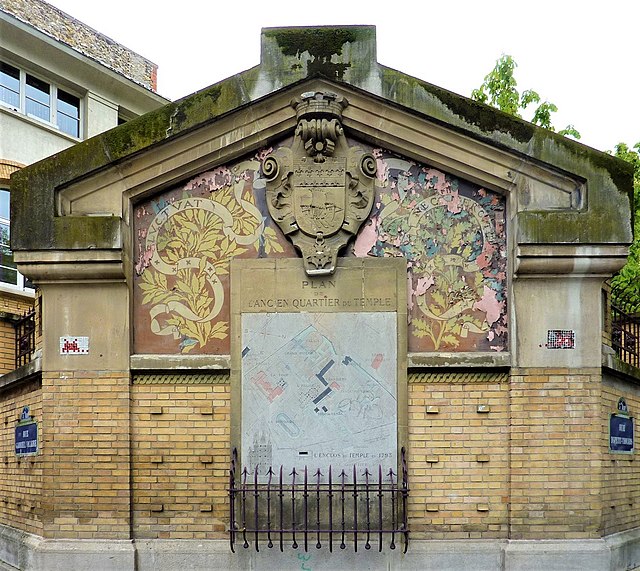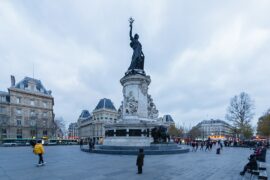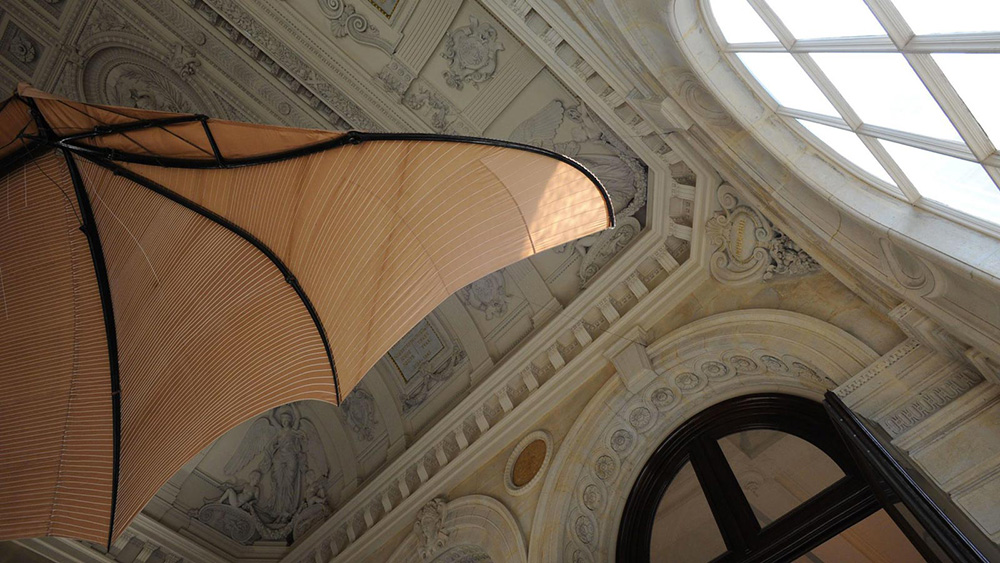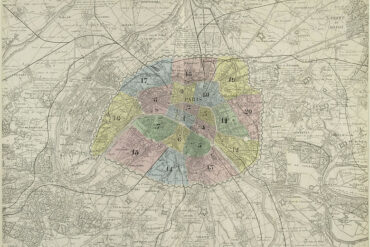The fortress built by the Templars of Saint-Louis became famous during the revolution – the main tower of the temple became the prison for the royal family from 1792 until their execution in 1793. Napoléon had it demolished in 1808 because royalists had chosen it as their meeting place. The same era saw the construction of wooden booths that collectively became known as the Carreau du Temple, and it was a market for soft goods and materials. They were replaced in 1883 by halls that were built in the style of Baltard. At the beginning of the 20th Century, competition from the ‘Puces de Saint-Ouen’ market affected the Carreau, and customers began to lose interest in it. Today, only two pavilions have survived, thanks to the efforts of its inhabitants. Nearby, the Boulevard du Temple, which can be traced to the end of the 17th Century, was renamed in the 19th Century as the ‘Boulevard du Crime.’ Be careful or you could get robbed here! However, people from all walks of life came here to enjoy melodramatic plays that are put on in its 25 different theatres. In 1860, a journalist was amused to report that there were 151,700 different crimes in existence, and all of them seemed to have taken place here! The joyous atmosphere of the boulevard was captured perfectly by ‘Les Enfants du Paradis,’ a 1945 film by Marcel Carné. Unfortunately, Baron Haussman put an end to it in 1882. His reconstruction of Paris involved the demolition of existing theatres. Protests and petitions were unable to stop this decision by the Prefect of Paris.
Source photo : Chris06, CC BY-SA 4.0, via Wikimedia Commons




